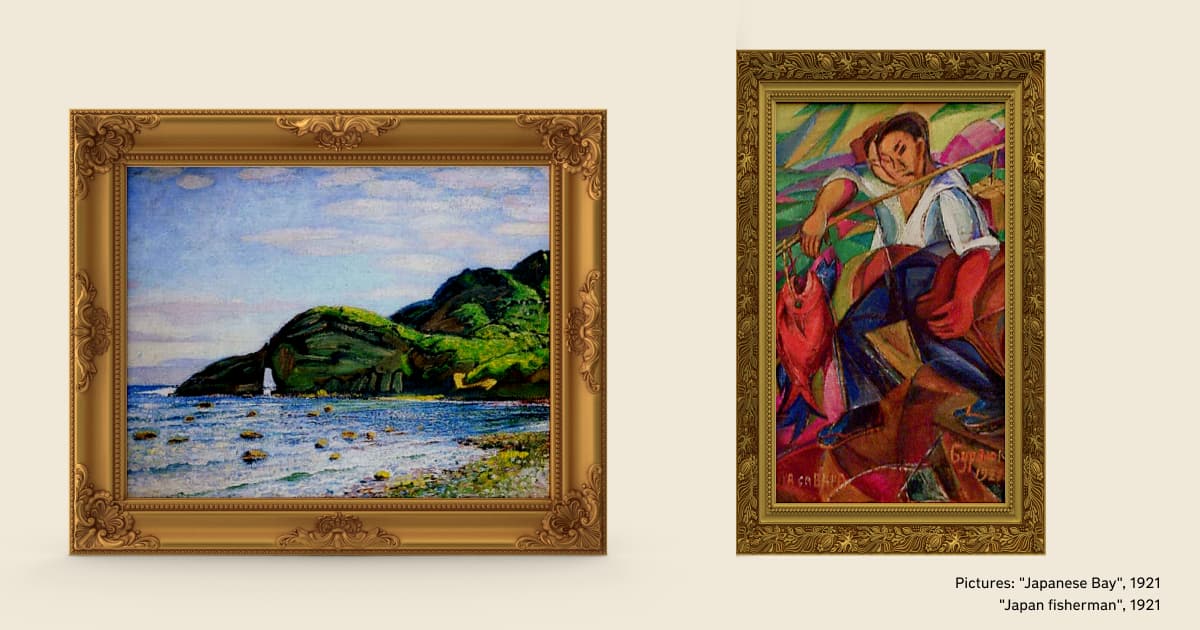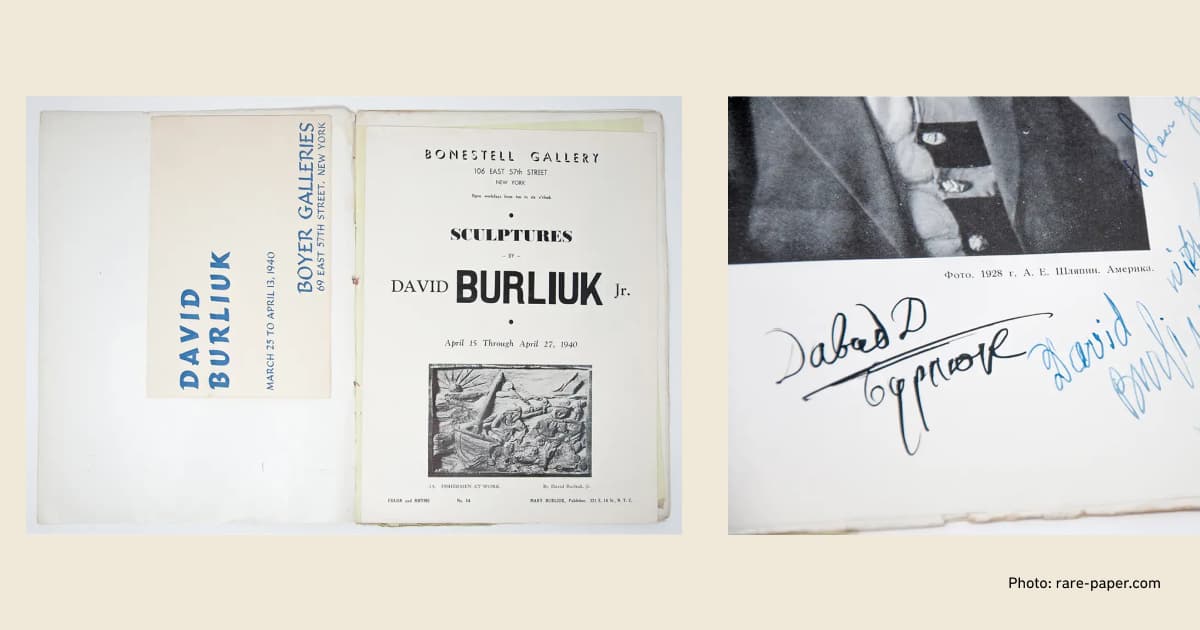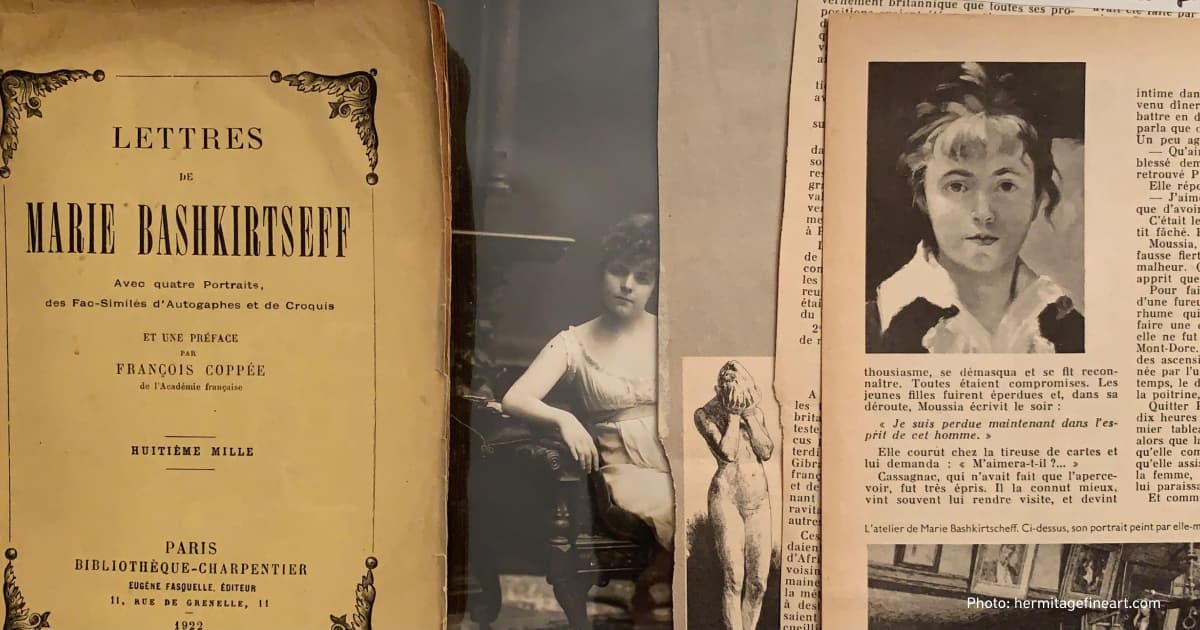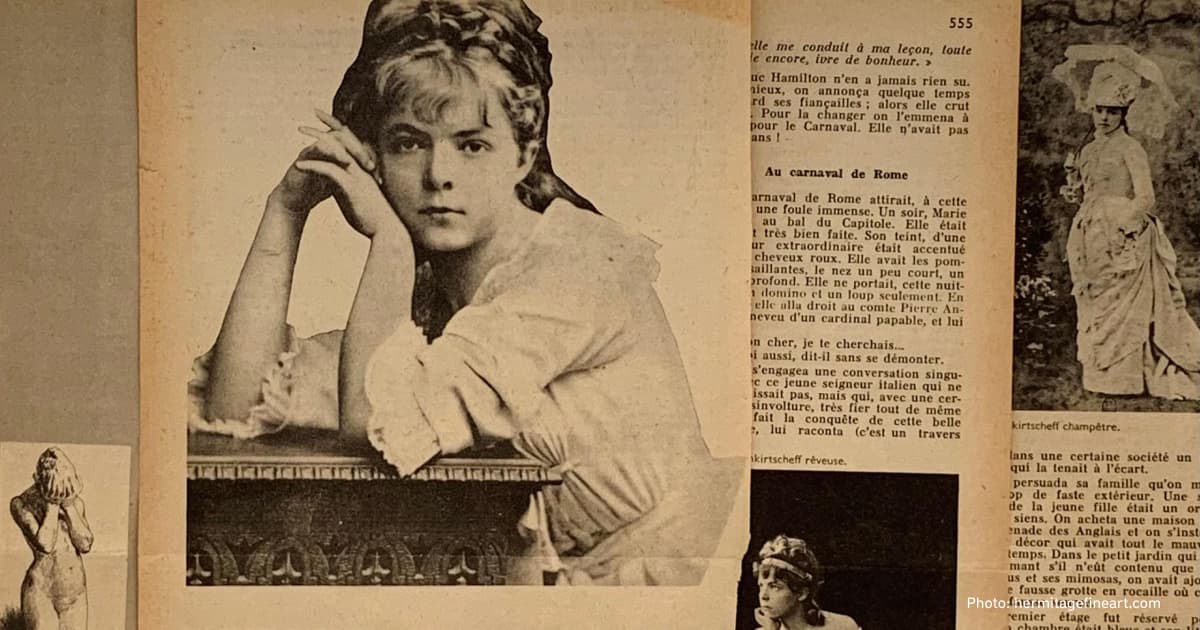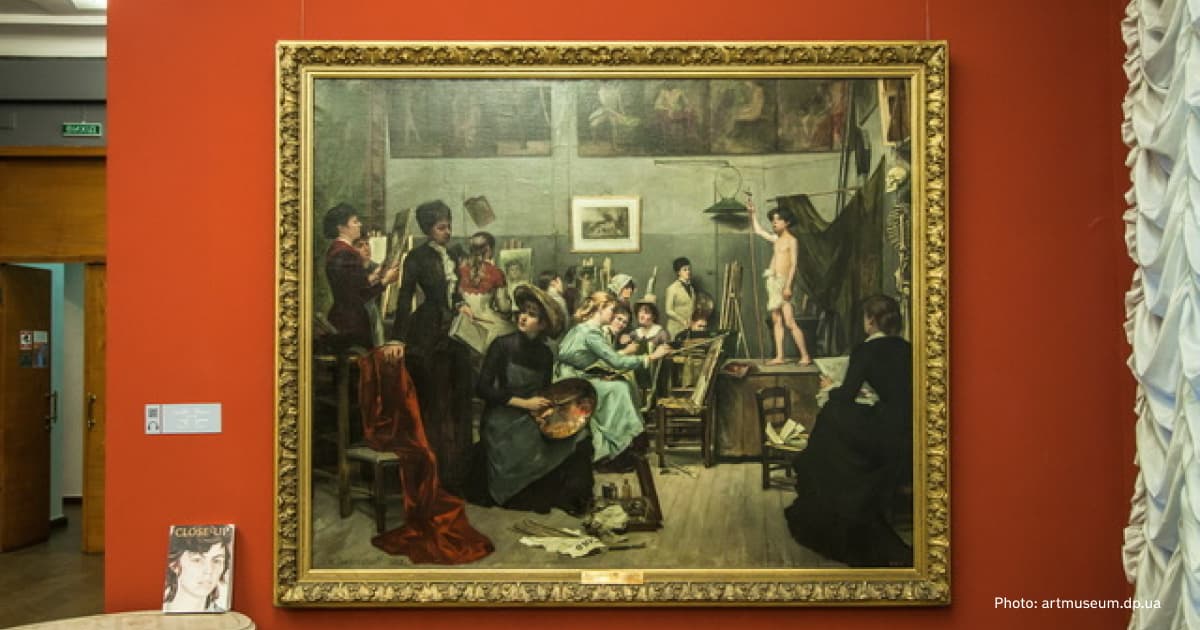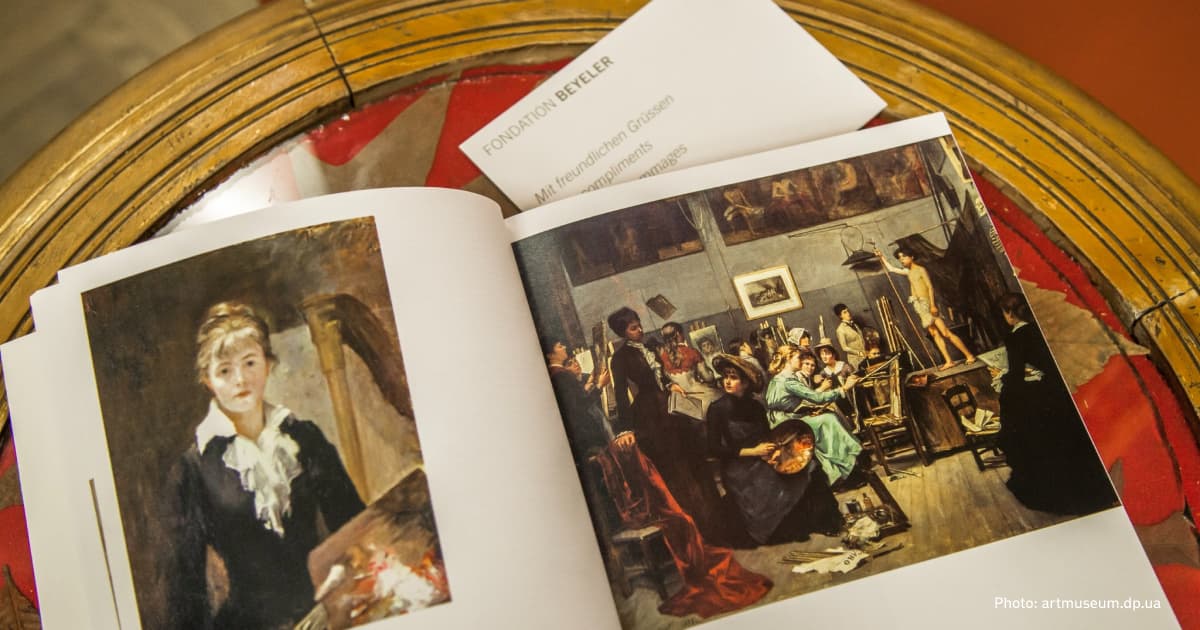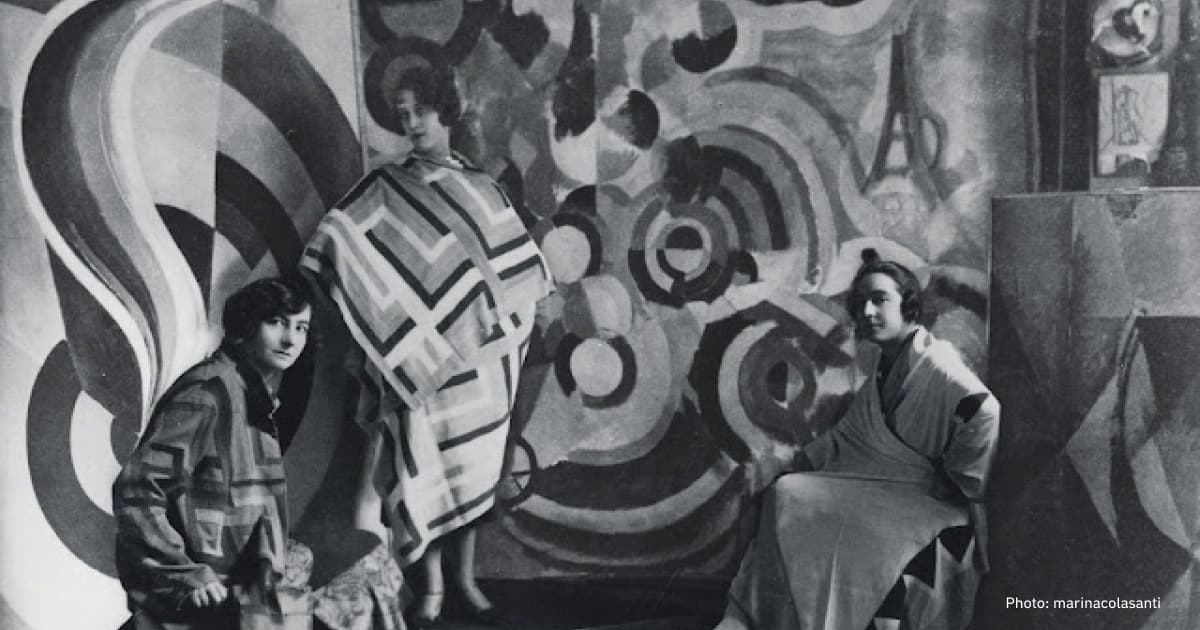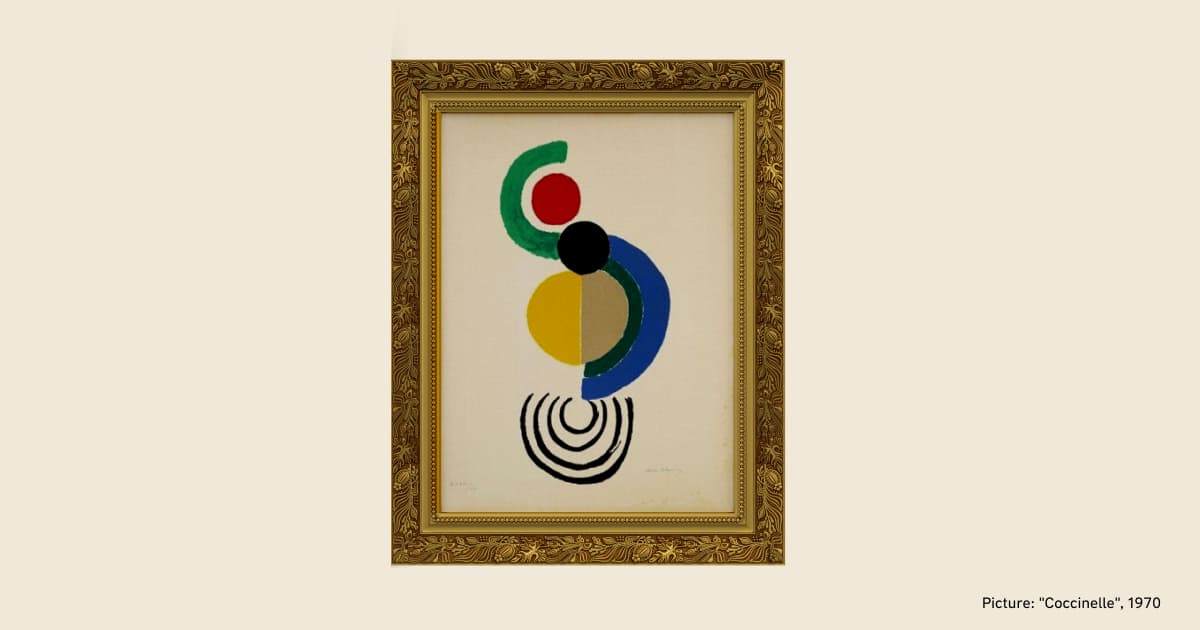World-famous Ukrainian artists hardly known in Ukraine
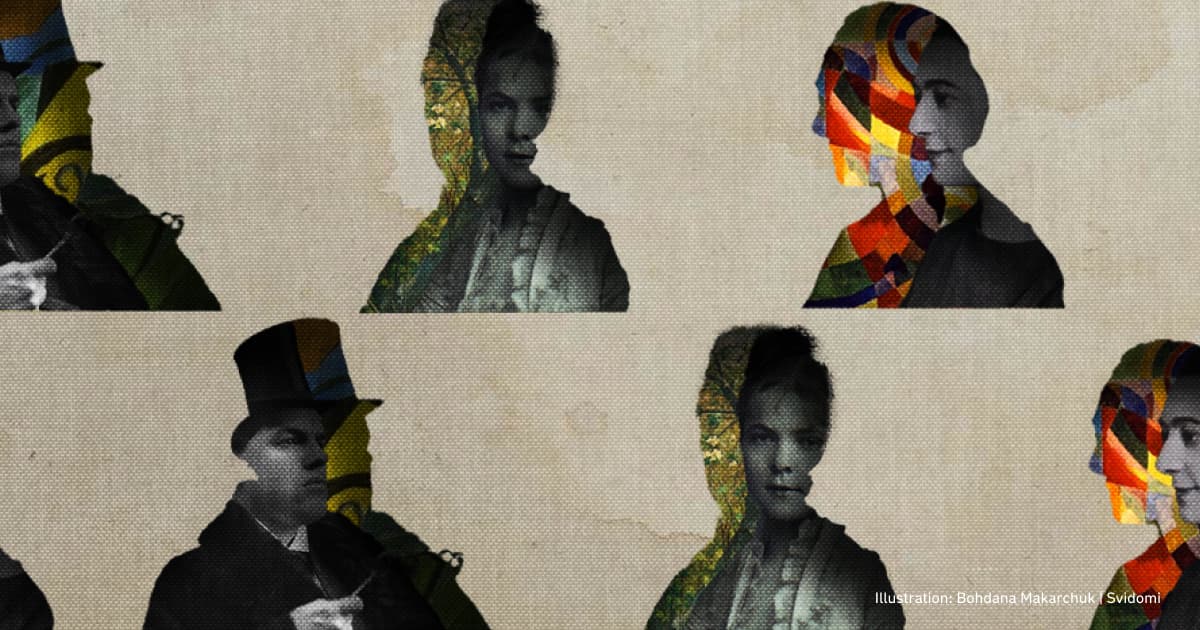
Ukrainian artists are becoming increasingly known worldwide, appearing at international exhibitions. However, not all artists are recognised in Ukraine. Some of them went abroad during the Ukrainian emigration a century ago and never returned due to the repressive Soviet policy towards cultural figures.
Children are seldom taught about the works of Ukrainian artists in Art classes at school. They can learn about artists from museum collections, exhibitions, or books at an older age. But this has not always been the case. Some Ukrainian artists of the last century worked abroad, and their works remained unknown in Ukraine due to Soviet censorship.
Read the article to find out more about the artists whose paintings are praised abroad and bought for tens of thousands of dollars, while few people in Ukraine know about them.
Davyd Burliuk
The artist was born in 1882 in the Kharkiv Governorate (an administrative division of a state headed by a governor, now the Sumy region in the north of Ukraine – ed.). He spent most of his life abroad. Russians consider Burliuk one of the founders of Russian Futurism and, in general, a Russian artist.
However, the artist never considered himself Russian: "In 1915, I made a painting called Sviatoslav in an old Ukrainian painting style. My colours are deeply national. Yellow-hot, green-yellow, red, blue tones are like Niagara water under my brush".
In 1920, he emigrated, first to Japan for two years and then to the United States, where he lived for the rest of his life. He issued Colour and Rhyme magazine in New York and held exhibitions in Europe, Australia and the United States.
After his emigration, Burliuk did not significantly impact Ukrainian art, as the Soviet authorities did not allow him to hold his own exhibitions or work in Ukraine. As a result, there was hardly any information about his work.
Burliuk wanted to hold a large exhibition of his paintings in Ukraine. In 1962, he wrote a letter to Ukrainian museums: "Dear friends, the museum directorate, I, David, Marusia (my wife) and our artistic director can bring an exhibition of Burliuk and his friends, prominent American artists, to your museum in Kyiv. It would be nice to organise this exhibition in Burliuk's homeland, Ukraine...".
However, the artist could never bring his works to Ukraine, as the Soviet authorities did not allow such an initiative on Ukrainian territory. The exhibition took place in Prague.
At present, most of Burliuk's works are kept in the Memorial Museum in New York. The National Art Museum of Ukraine has six paintings by Davyd Burliuk. One of them, Carousel (1928), is on permanent display.
In 2007, Davyd Burliuk's painting In the Church was sold at Sotheby's in London for $650,000.
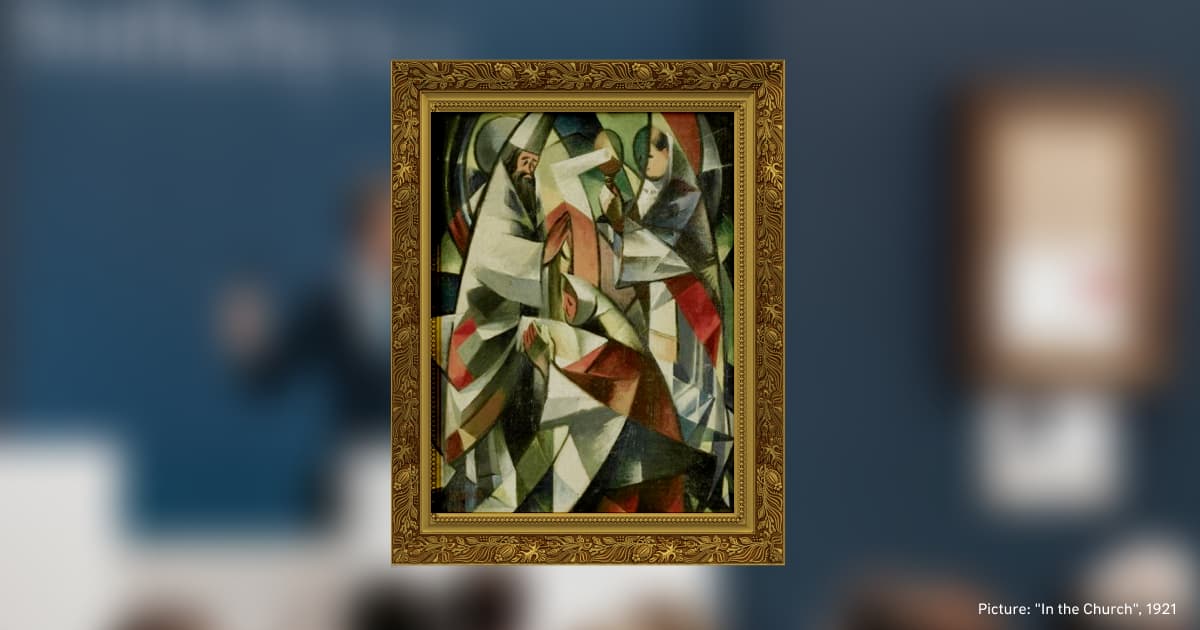
Mariia Bashkyrtseva
Mariia was born on November 23, 1858, in the village of Haivorontsi, Poltava region, central Ukraine, into a family of wealthy landowners. At the age of 12, she moved to France, where she studied painting at the Académie Julian in Paris.
The artist died at the age of 25 because she suffered from tuberculosis. However, her life was filled with art and recognition. As an artist, she was influenced by the work of the painter Jules Bastien-Lepage. Bashkirtseva's talent gained immediate attention. Her works won numerous medals and prizes at exhibitions. In 1879, she was awarded a gold medal at a competition for creative works.
In 1887, Mariia Bashkirtseva's Diary was published in Paris, immediately causing a loud literary scandal. Most of all, it was the degree of the author's frankness that was striking. The young girl defied all Victorian conventions and prohibitions and claimed inherently male values. Above all, creative self-realisation and recognition.
After the artist's death, some of her works were purchased by museums, including the Luxembourg Museum in Paris. Some works remained in the Louvre in Paris. Currently, Bashkirtseva's original paintings are rare, as most were destroyed during World War II.
In 1908, Bashkirtseva's mother donated an extensive collection of her works to the Alexander III Museum in Russia (141 works, including drawings, sketches, canvases, pastels, and sculptural studies – ed.).
In 1930, two of Bashkirtseva's paintings were transferred from the Russian Museum in Leningrad (Saint Petersburg, formerly known as Petrograd and later Leningrad, Russia — ed.) to the Dnipro Museum in Ukraine. In 1932, at the request of the People's Commissariat of the Ukrainian Soviet Socialist Republic (USSR), the Russian Museum transferred 127 of Bashkirtseva's works to Ukraine. The Russian Museum still has eight paintings and 13 drawings.
During the Kharkiv Art Gallery evacuation, 66 of Bashkirtseva's paintings disappeared. Today, only three of her paintings are in museums across Ukraine: the museums of Kharkiv, Dnipro, and Sumy.
Much of Bashkirtseva's work emerged when Ukraine was part of the Russian Empire and then the USSR. When Ukrainian art and culture lost their independence and were suppressed, the work of artists who did not fit into the framework of socialist realism went unknown.
The Ukrainian artist's works are now kept in museums around the world. In Nice, France, there is a separate room displaying her paintings. At Palais du Luxembourg in Paris, Mariia Bashkirtseva's name is engraved at the foot of the symbolic sculpture Immortalité alongside the names of significant French figures.
Sonia Delaunay
Ukrainian designer and artist Sonia Delaunay was the author of a new painting style — simultanism — characterised by the depiction of colour movement in light. She was the first woman in the world to organise her solo exhibition at the Louvre, France.
In 2004, Sonia Delaunay's work Coccinelle was featured on a postage stamp issued jointly by La Post and the Royal Mail in honour of the centenary of the Entente Cordiale.
Delaunay exhibited her own and her husband's works at almost all exhibitions of abstract art in postwar Europe. In 1963, she donated 117 of her own and her husband's works to France.
A year later, the Louvre hosts a presentation of this gift (Delaunay became the first woman artist to have a retrospective exhibition in the Louvre during her lifetime – ed.). In 1975, she was awarded the highest French honour, the Legion of Honor.
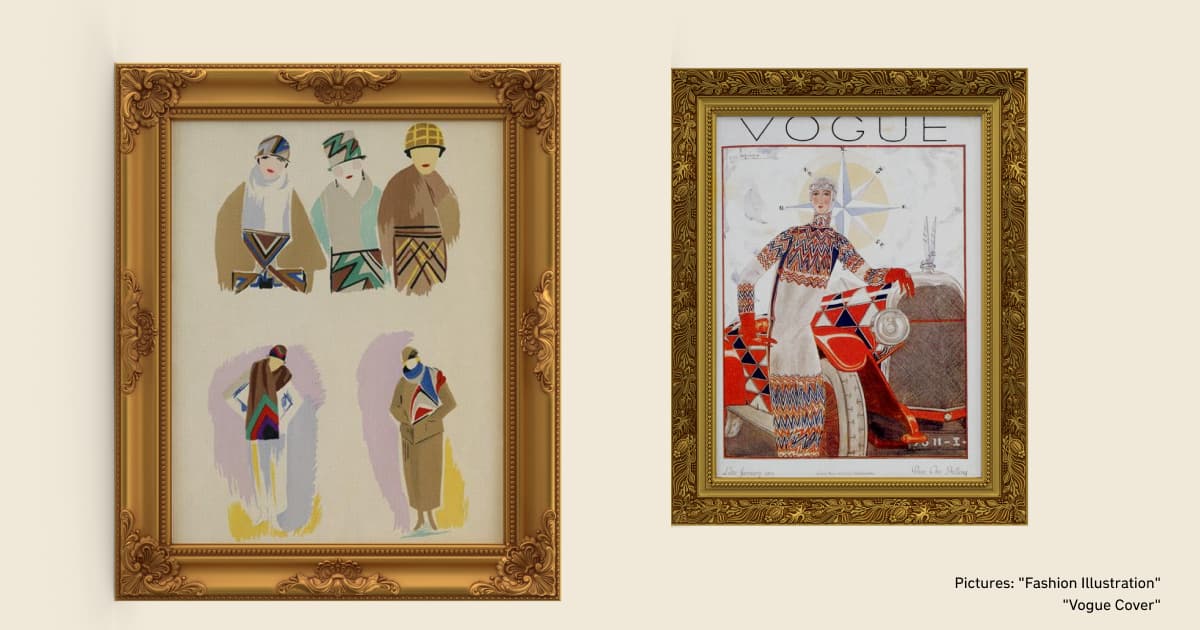
There are no works by Sonia Delaunay in Ukraine, where she was born, although her name is one of the first among the artists of the world avant-garde. However, she always remembered her homeland. "I love bright colours," Delaunay wrote in her memoir with the symbolic title We Walk Toward the Sun, "These are the colours of my childhood, the colours of Ukraine."


